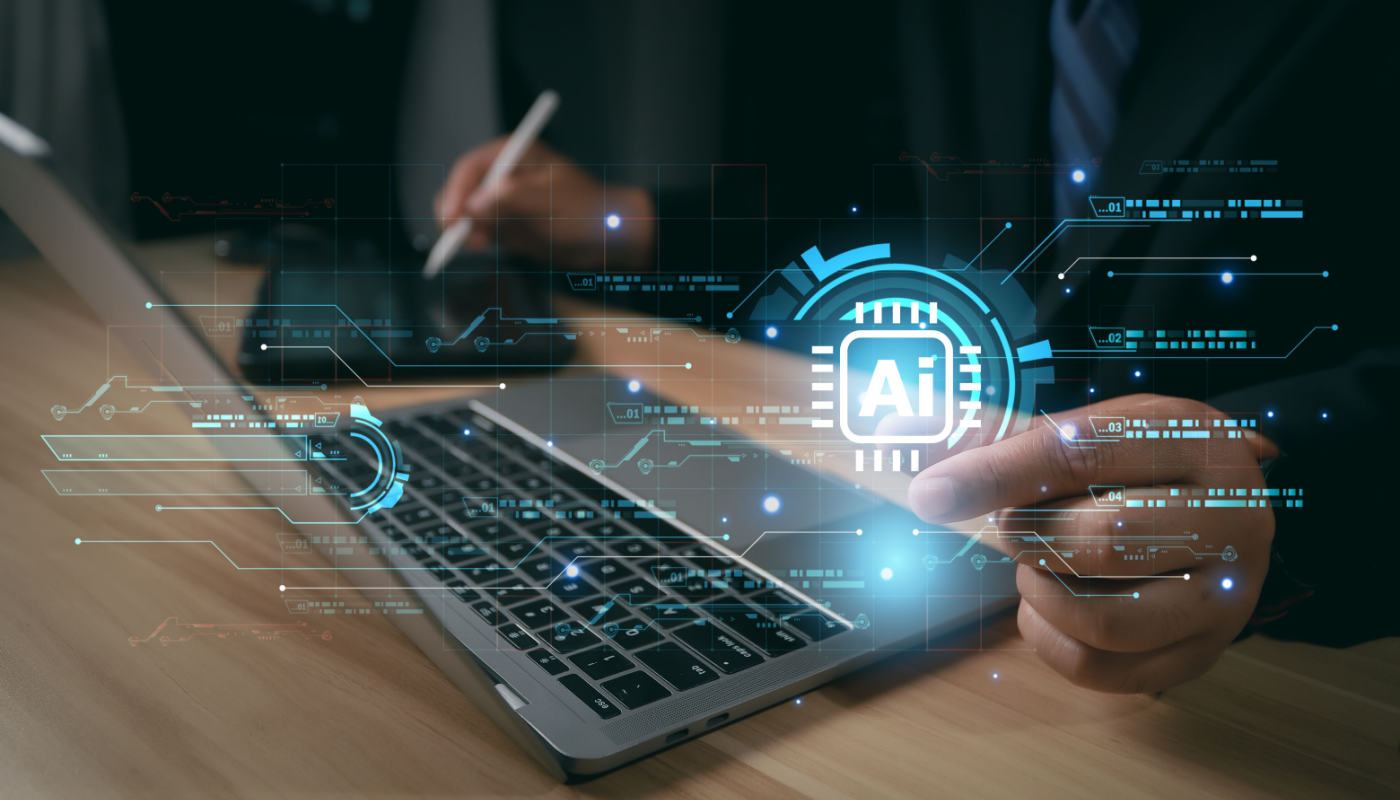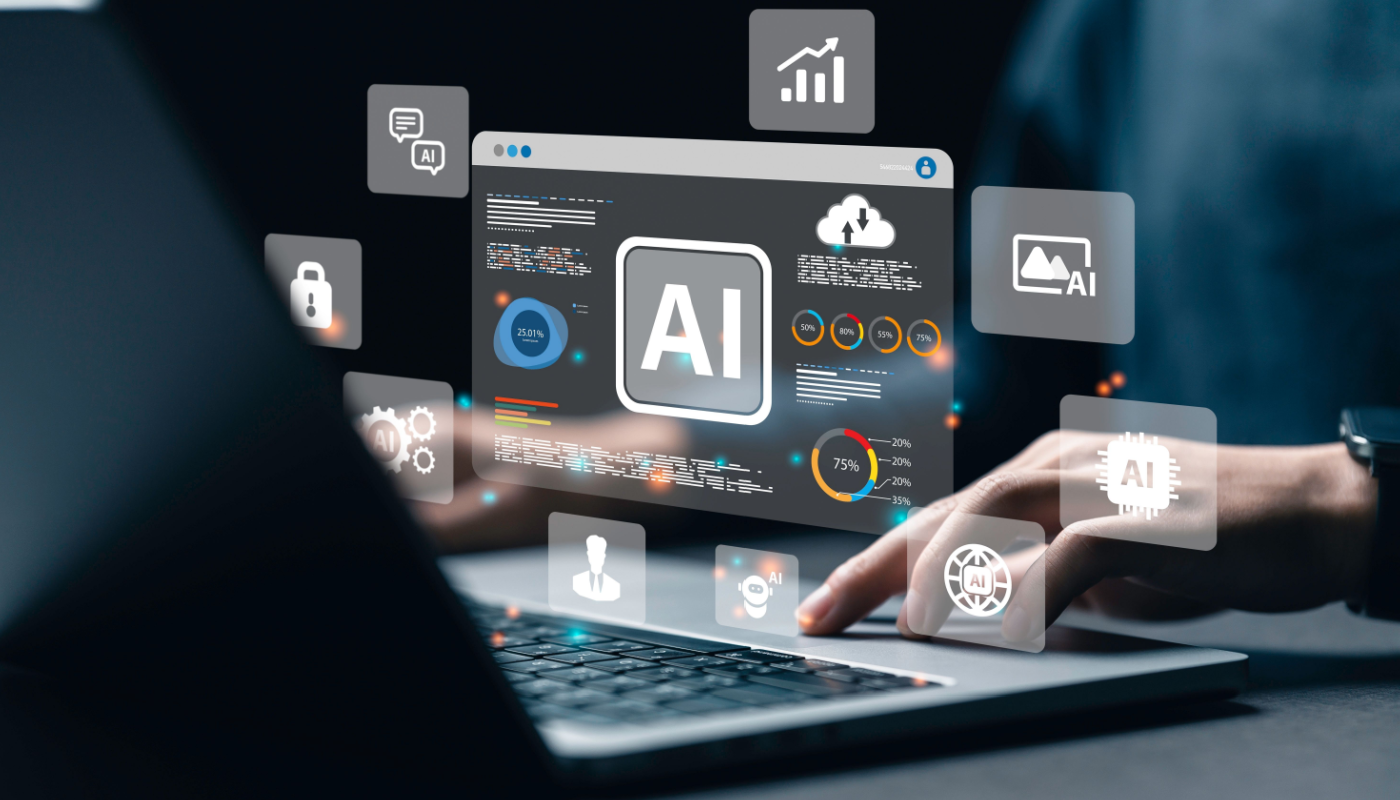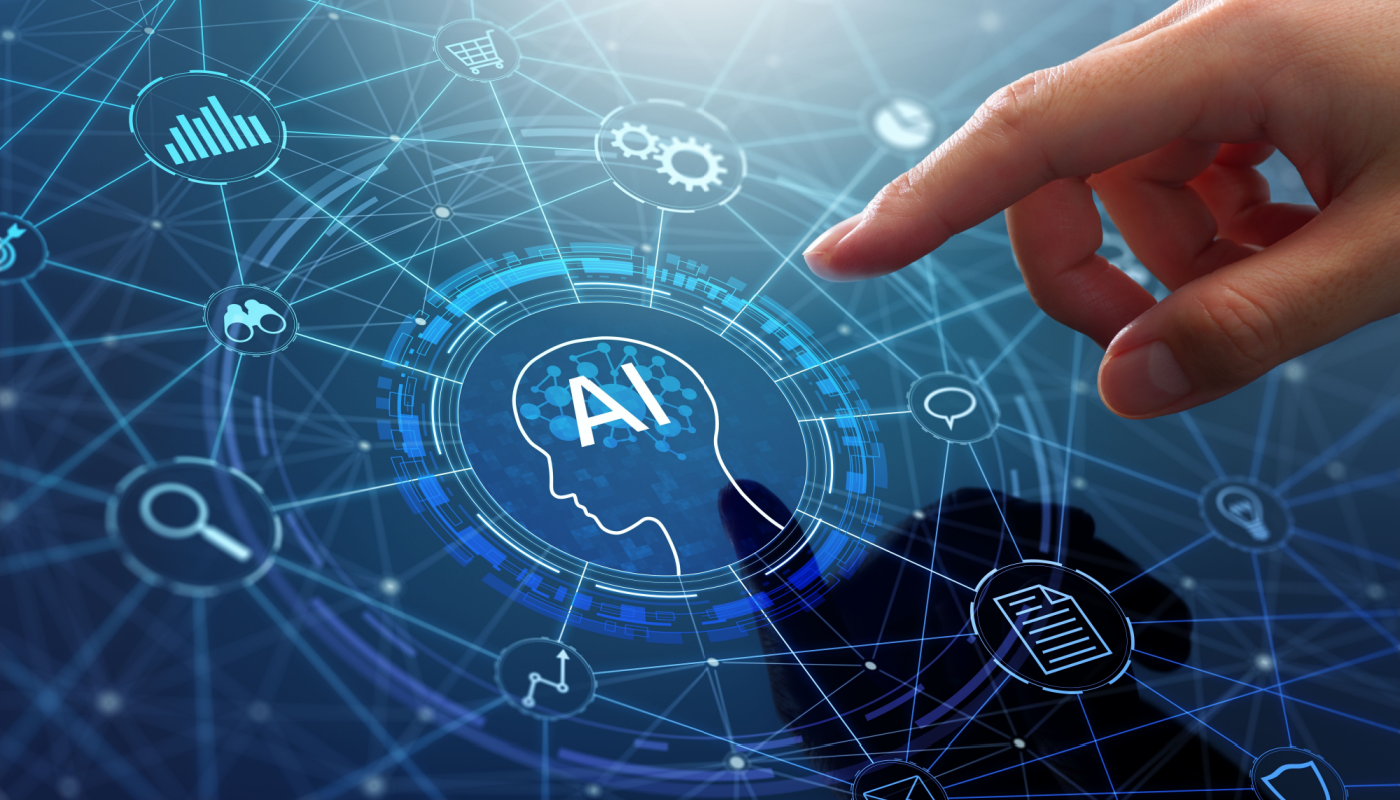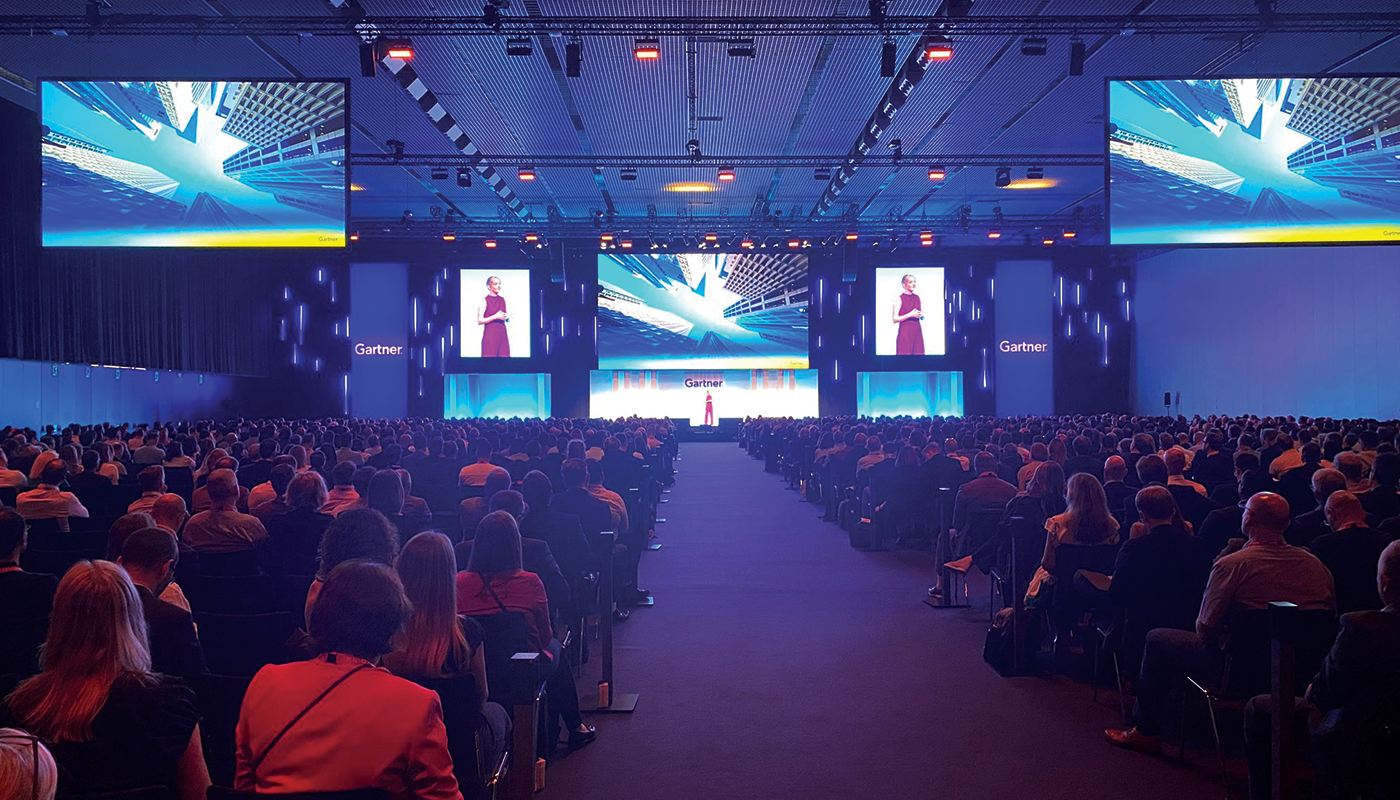Recently, I attended the Supply Chain Insights Global Summit. The theme of the event was to imagine the Supply Chain of 2025. The size of the group allowed for some good networking and very passionate conversations among colleagues who care about the supply chain industry. I learned a bit during the Global Summit and intend to document some of that in this blog. As the reader will note, some of the insights were more general in nature than the topic of the blog will suggest.
One central theme that seemed popular was the acceptance that any and all projections about the supply chain of 2020 were very likely going to be wrong. The best case was made by Dr. Pankaj Ghemawat, the keynote speaker on day one, who reminded the room that we had been asked to imagine the supply chain of 2015 in 2005 (a very similar lag). Looking back, I realized many of us would have failed miserably. Who could have imagined the world with Facebook, iPhones, 3D printing, Uber or AirBnB in it? He specifically mentioned the example of re-shoring of manufacturing. At some time in the last decade, reshoring became a hot topic. However, he pointed out, it has been talked about a lot more than what has really moved to USA.
Dr. Ghemawat’s predicted an increasing role of China in the world’s trade and its supply chain. He talked about China’s efforts on developing new silk routes and also presented some interesting analysis on how China’s influence in the future supply chain will increase at the expense of the US and the EU. One of the other points he made was how different factors can lead to different changes. He gave the example of two areas with a great shoe making history. Brenta Del Riviera has a long history of making women’s luxury shoes. 50 kilometers away, Montebelluna had a similar history around sporting related shoes for men. When the forces of globalization arrived, Montebelluna perished. At the same time, Brenta was able to resist these changes on account of the fact that the place had a lot of knowledge and collaboration through co-location of its partners. Thus, he again cautioned against broad prediction.
The other Keynote speaker, Dr. Richard Florida commented on how the world is flat, yet it is very spiky. He talked about how the world is distributed, yet it is also very concentrated. He highlighted the great urban axes of the world, for example Boston, New York and DC in the US or the Rio and Sao Paolo in Brazil or Mumbai and Bengaluru in India among others and commented on how these centers have become very flat across the countries and how one can get the same standard of living in all these places. According to him, these urban centers around the world account for 20% of the global population but about two thirds of all innovation and about 90% of all digital innovation. But move away from these urban axes and you find a very different picture. He surmised how the supply chain of the future will try and do something about this divide.
Lora Cecere, the founder and CEO of Supply Chain Insights and the host for the event gave us her predictions as well. Specifically, she mentioned 5 things. By 2025:
- Supply Chains will learn as we sleep
- B2B Automation will happen through a network of networks
- Driverless vehicles will redefine trucking
- Outside-in processes will become the norm
- 15% of companies will make the digital pivot
And then every table generated some suggestions on what the supply chain of 2025 will look like. Some felt it will be more centrally controlled and global. Others saw a more regional evolution with supply chains evolving to better serve the regional markets and cater to the long tail demand in those regions. Yet others combined the thoughts to talk about a sort of mass-customization, where technologies such as 3D printing could be used to provide customization at the local level, right down at the last mile. There was a lot of discussion around the use of analytics. This was both on structured as well as unstructured data. Anthony Volpe, executive director of Big Data & Chief Corporate Analytic Officer at Lenovo, described in detail how his company does sentiment analysis based on the data they collect from customer’s feedback across many different platforms. Others felt the cognitive analytics and artificial intelligence would provide a significant impact on the supply chain of the future. Yet others saw more automation and integration as key changes that will occur between now and 2025.
Almost everyone agreed millennials will have a significant impact on the future of the supply chain. While everyone agreed it will be significant, no one was sure exactly what it would be. (There were not many millennials at the event.) However, many people cited the example of flexible work habits, a dislike of a very structured 9 to 5 job, and strong desire to find the work-life balance as reasons why millennials will be different.
There was broad agreement in the room that the world in 2025 itself would be different: It would be warmer, older, and more crowded. As a result, new business models and supply chains would come up to cater to take advantage of these changes.
They say the wisdom of the crowds is better than the wisdom of the individuals. I hope that some of us in that room were right with our projections. This would allow me to say I was there when it happened.
What are your thoughts on what the supply chain of 2025 will look like? Please participate through the comments section.
Like this blog? Please share with colleagues and also follow us on LinkedIn and Twitter and we will send you notifications on all future blogs.





